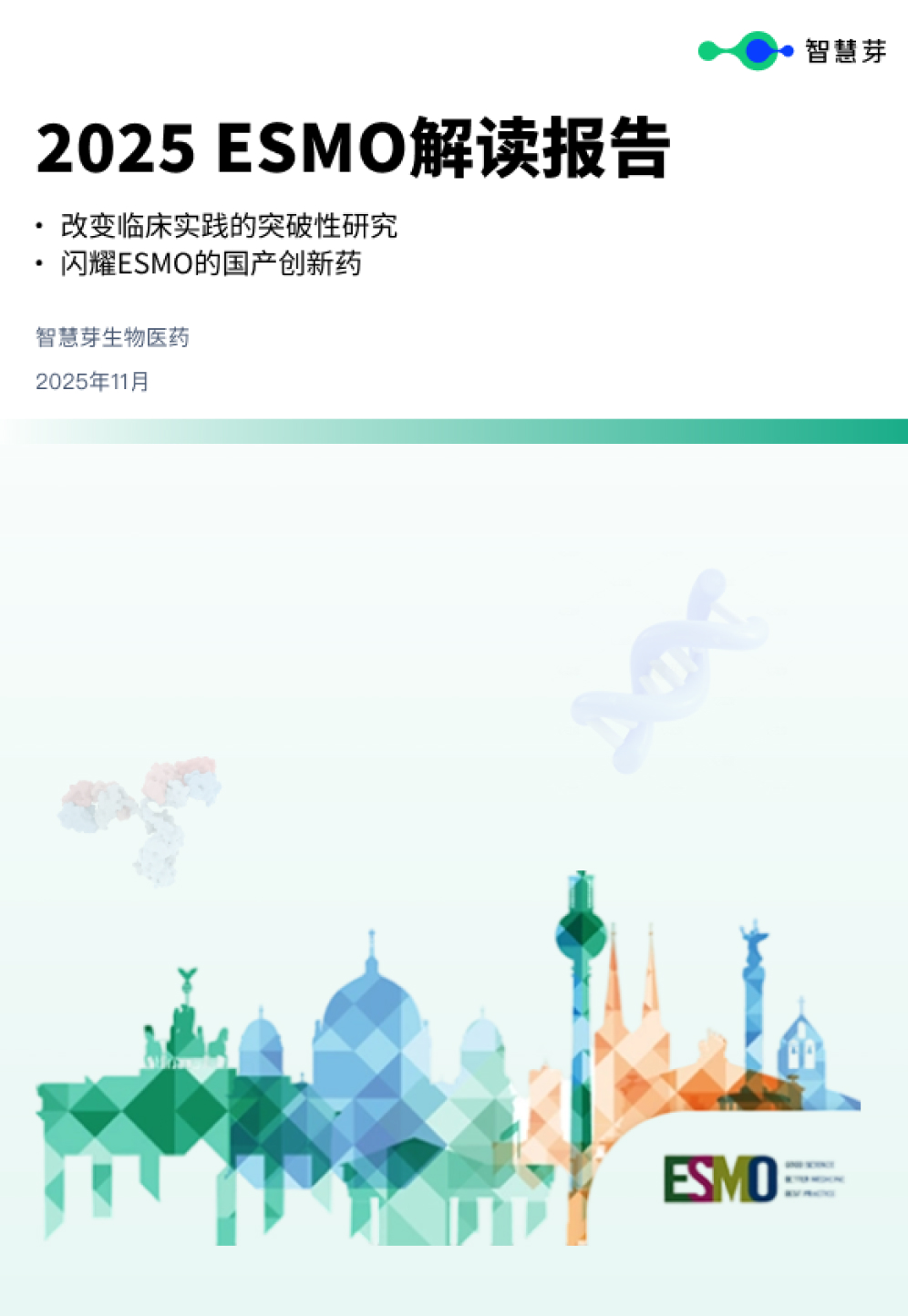预约演示
A New Urine Test Could Help Curtail the Use of the Latest Synthetic Cannabinoids to Enter the Drug Scene
2022-09-30
Findings published today in AACC's Clinical Chemistry journal
WASHINGTON, Sept. 30, 2022 /PRNewswire/ -- A first-of-its-kind study published today in AACC's Clinical Chemistry journal shows that a novel drug test detects a new class of synthetic cannabinoids called OXIZIDs. This test could enable drug enforcement agencies to identify OXIZID users and could play a critical role in efforts to stop the spread of these drugs.
View the full study here: https://doi.org/10.1093/clinchem/hvac138
Synthetic cannabinoids are manmade drugs that have been rising in popularity over the last several years. This is largely due to the fact that new synthetic cannabinoids are constantly emerging, making it difficult for law enforcement agencies to keep up with identifying and classifying these drugs as illegal. However, in spite of the fact that people use these drugs as legal alternatives to marijuana, synthetic cannabinoids can actually be more dangerous than marijuana, and are known to cause psychosis, seizures, and even strokes. It is imperative that drug enforcement agencies have the ability to test for these drugs, as tracking their use is one of the keys to curbing it.
OXIZIDs are one of the latest classes of synthetic cannabinoids to enter the drug scene, and little is currently known about how to detect them. A team of researchers from the National University of Singapore therefore set out to develop a urine test for these drugs. Led by Eric Chun Yong Chan, PhD, the team first incubated human liver microsomes with four different OXIZIDs to get a preliminary idea of what metabolites are produced when the human body breaks down these drugs. From this, the researchers identified 42 to 51 metabolites for each of the OXIZIDs.
As a next step, Chan's team tested four urine samples from known OXIZID users for both the parent drugs and these metabolites. In the samples, the researchers detected the parent OXIZIDs known as BZO-HEXOXIZID, BZO-POXIZID, and 5F-BZO-POXIZID, along with their N-alkyl and phenyl mono-hydroxylated metabolites. This shows that these compounds can be used together in a urinary drug panel to conduct routine monitoring for OXIZID abuse. Additionally, it's important to note that the metabolites were present in urine at higher concentrations than the parent drugs, showing the necessity of including these metabolites in a drug test for OXIZIDs.
"In summary, the ever-evolving scene of drug abuse calls for prompt interventions to prevent newly emerging illicit drugs from escalating to a state of rampancy," said Chan. "A detailed understanding of their metabolic profiles will facilitate drug agencies in identifying their abusers based on urinary biomarkers. Critically, the parent drugs and mono-hydroxylated metabolites were identified … as urinary biomarkers of BZO-HEXOXIZID, BZO-POXIZID, [and 5F-BZO-POXIZID] for routine screening efforts to diagnose their consumption and mitigate their abuse."
About AACC
Dedicated to achieving better health through laboratory medicine, AACC brings together more than 70,000 clinical laboratory professionals, physicians, research scientists, and business leaders from around the world focused on clinical chemistry, molecular diagnostics, mass spectrometry, translational medicine, lab management, and other areas of progressing laboratory science. Since 1948, AACC has worked to advance the common interests of the field, providing programs that advance scientific collaboration, knowledge, expertise, and innovation. For more information, visit www.aacc.org.
Clinical Chemistry (clinchem.org) is the leading international journal of laboratory medicine, featuring nearly 400 peer-reviewed studies every year that help patients get accurate diagnoses and essential care. This vital research is advancing areas of healthcare ranging from genetic testing and drug monitoring to pediatrics and appropriate test utilization.
Christine DeLong
AACC
Senior Manager, Communications & PR
(p) 202.835.8722
[email protected]
Molly Polen
AACC
Senior Director, Communications & PR
(p) 202.420.7612
(c) 703.598.0472
[email protected]
SOURCE AACC
更多内容,请访问原始网站
文中所述内容并不反映新药情报库及其所属公司任何意见及观点,如有版权侵扰或错误之处,请及时联系我们,我们会在24小时内配合处理。
靶点
-药物
生物医药百科问答
全新生物医药AI Agent 覆盖科研全链路,让突破性发现快人一步
立即开始免费试用!
智慧芽新药情报库是智慧芽专为生命科学人士构建的基于AI的创新药情报平台,助您全方位提升您的研发与决策效率。
立即开始数据试用!
智慧芽新药库数据也通过智慧芽数据服务平台,以API或者数据包形式对外开放,助您更加充分利用智慧芽新药情报信息。



